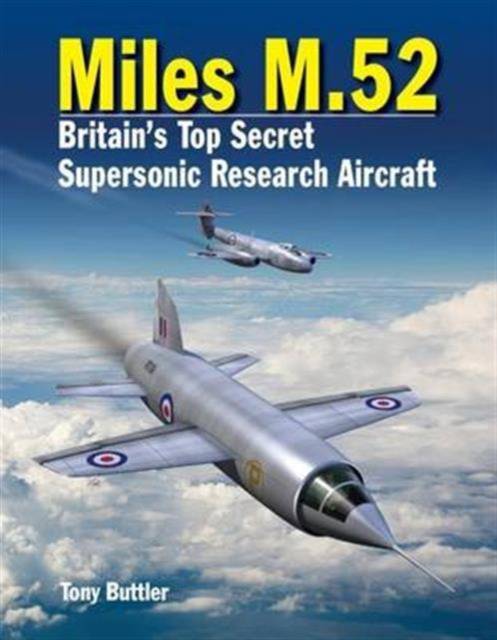
- Afhalen na 1 uur in een winkel met voorraad
- Gratis thuislevering in België vanaf € 30
- Ruim aanbod met 7 miljoen producten
- Afhalen na 1 uur in een winkel met voorraad
- Gratis thuislevering in België vanaf € 30
- Ruim aanbod met 7 miljoen producten
Zoeken
€ 34,95
+ 69 punten
Omschrijving
As early as 1943 it became apparent that supersonic flight might be an achievable goal - but not for the propeller-driven aircraft of the day. Spurred on by secret intelligence of a German supersonic long-range bomber project, work began on a British secret research aircraft that would potentially be the first manned aircraft to break through the 'sound barrier'. Although Miles Aircraft were best known for producing light aircraft and basic trainers, their design team quickly rose to the challenge with a range of ground breaking innovations in airframe design and construction, flying controls, advanced materials and pilot escape systems. The jet engine, designed by Frank Whittle, was also revolutionary, including an early form of 're-heat' technology. By 1946 the project was about 90% complete with major technology and design features having been flight-tested on test-bed aircraft. Furthermore, on Government orders American personnel had been given complete access to the project, well before the Bell X-1 flew. What happened next has been mired in controversy, conspiracy theories and rumours to this day. Exhaustively researched and illustrated through-out with rare and previously unpublished photographs, drawings and technical data, 'Miles M.52' finally tells the definitive factual story of the Miles M.52 project, gives an objective account of the controversy that grew around the aircraft, and describes the M.52's legacy to Britain's later supersonic aircraft.
Specificaties
Betrokkenen
- Auteur(s):
- Uitgeverij:
Inhoud
- Aantal bladzijden:
- 160
- Taal:
- Engels
Eigenschappen
- Productcode (EAN):
- 9781910809044
- Verschijningsdatum:
- 23/08/2016
- Uitvoering:
- Hardcover
- Formaat:
- Genaaid
- Afmetingen:
- 218 mm x 279 mm
- Gewicht:
- 884 g

Alleen bij Standaard Boekhandel
+ 69 punten op je klantenkaart van Standaard Boekhandel
Beoordelingen
We publiceren alleen reviews die voldoen aan de voorwaarden voor reviews. Bekijk onze voorwaarden voor reviews.











